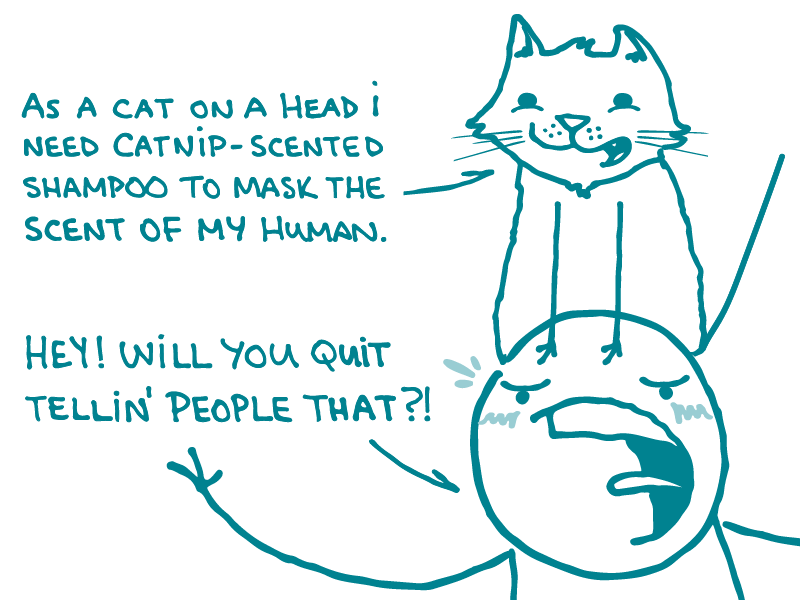
Let’s say you’re creating a complex health communication product, like a website with health content for patients, doctors, and researchers. That’s quite the task! Each of those user groups might come to your site looking for different kinds of information — and it’s your job to make sure the site meets each group’s needs.
So how do you start? We’ve talked before about our love of personas to keep users’ goals top of mind. In this week’s installment of We ❤ Health Literacy, we’re adding another tool to your health literacy toolbox: user need statements.
User need statements (also called user stories) help define the big-picture problem you’re trying to solve on behalf of your users. And they’re a key part of the user-centered design process.
Follow these tips to craft a great user need statement:
- Focus on what, not how. Keep the statement focused on the problem you’re trying to solve — and don’t skip ahead to half-baked solutions.
- Be specific. Vague, amorphous user statements beget vague, amorphous products. The more specific your statement is, the better!
- Make it actionable. Point your team toward the must-solve problems with direct, actionable language.
- Ground it in user research. Whenever possible, base your user need statements on insights from focus groups or in-depth interviews.
Got it? Great! Now… what exactly do these fancy statements look like? User need statements have 3 components: user, action, and reason. They look like this: “As a [user], I want to [action], so that I can [reason].”
Ready to see some user need statements in action? Try these on for size:
- As a parent, I want to find activities my family can do together so that we can be healthier and my kids will put down their electronic devices.
- As an older patient, I want to easily find contact information for my doctors so that I can ask follow-up questions.
- As a project director at a county health department, I want to know how other communities are combatting tobacco use so that I can build a successful anti-tobacco program in my county.
The bottom line: Write user need statements to define the problem you’re trying to solve — your users will ❤ you for it!
Browse recent posts